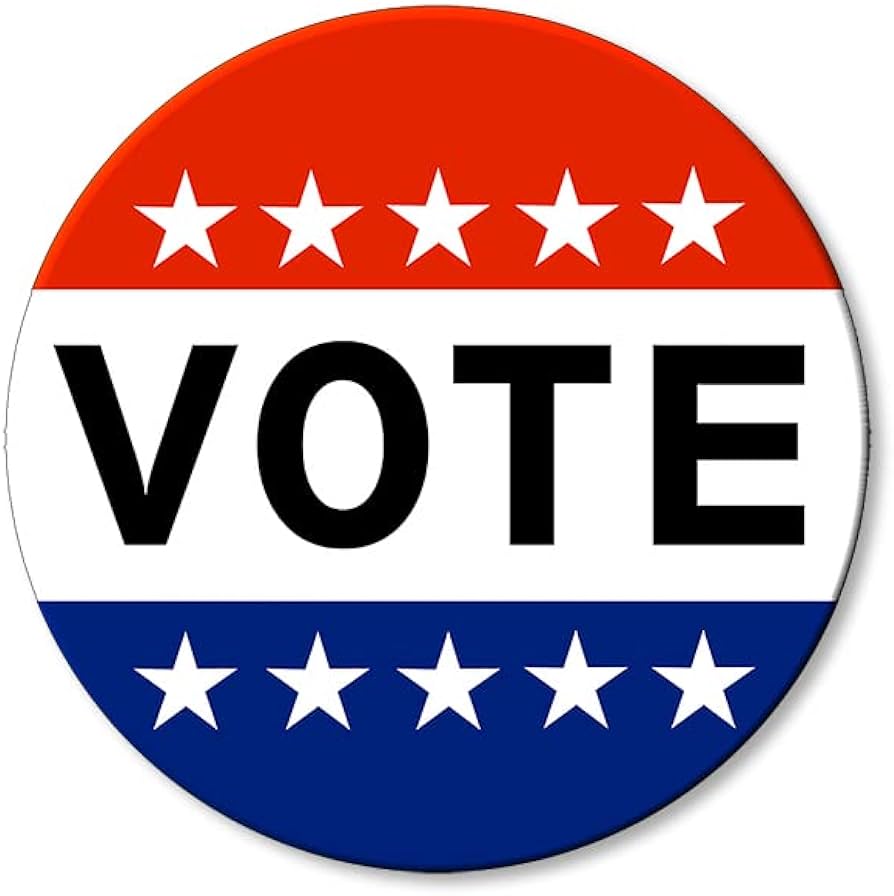

I’m not familiar with many AI image generation tools. Are there any that will do Bucky Badger spanking a sobbing President Leon?


I’m not familiar with many AI image generation tools. Are there any that will do Bucky Badger spanking a sobbing President Leon?


I’m assuming you know something effective to do about it? Let’s go do it! Right now!


Just a couple more minutes to beat Storm Thurmond’s record!


There’s the Sonoff ZBMINIR2 device. You install it between a physical switch and the wiring, and then tuck it into the electrical box. It has three different modes:
I have a couple, and they’re great. They just don’t support dimming.

Up to 17 hours when I clicked in just now, and still going!
If you can’t explain it, then it’s not all that simple. Maybe don’t denigrate millions of men as “too afraid of rejection,” eh?
Shades of the Clinton murders conspiracy theory here. Yes, the odds of one woman dying like this are small, but with enough people around who have some connection to investigations into Russian activities, the odds that one of them would die are pretty good.
So which is it? Pay attention to social cues, or ignore them and take a shot anyway?

Universal healthcare is good, naturally, because it would reduce payroll expenses for businesses, letting them create more jobs, and be more competitive in the global market with lower prices. Universal healthcare is how we bring manufacturing back to the United States.


Only one of the interviewees said location. That would be key for me. If the theater was close by and integrated integrated into daily life, I’d probably go a lot more often. Instead, all of the theaters are way out on the edge of town, often in some grotty commercial area where the land is cheap enough for the obligatory huge parking lot. It’s a commitment to get there, as in, you intend to go to a movie and only to a movie, because there’s nothing else to do nearby. No dinner and a movie, no random matinee as a break from the office grind, no movie followed by hanging out with friends at the bar across the street. I might as well watch at home.
This doesn’t make any sense. So we should ignore the cues that they’re not interested and take our shot anyway, even though men ignoring signs of disinterest is annoying, and they love getting attention from men who pay heed to their boundaries when the boundary is not wanting our attention? Or should we take no for an answer and handle rejection gracefully by not hitting on them when they’re not interested, because that’s the proper way to hit on women?
Or is it because we’ve been told that women are sick of being hit on all the time?

Samuel Alito: “Challenge accepted!”


As others have said, it’s important to distinguish different types of intellectual property laws. A patent is protection for a process or mechanism, which doesn’t apply to the shape of the bar. I doubt that there would have been a patent, because mold-making is an ancient art, and pretty straightforward. It wouldn’t be an innovation to make an oval mold.
A copyright is protection for a tangible recording of an expressive work; writing, music, film, et cetera. It doesn’t apply to goods. It would apply to a designer’s drawing of the shape of the bar, but not the shape, nor the bar itself.
What might apply is a trademark, which is protection for the use of some distinguishing feature to identify a product or brand in the marketplace. Trademarks are supposedly about preventing consumer confusion about whom they are buying from. They arise from customary use, meaning that a product or service has to be sold with that mark for them to exist. Courts have recognized all sorts of things as trademarks: in addition to logos and names, also color schemes, shapes, even scents.
Thing is, a trademark doesn’t have to be registered with the USPTO to offer protection. Registration just means that the Office has accepted it as a trademark, so that use of it by others is presumptively an infringement. Without registering it, an entity would have to sue to get a court to issue a finding of infringement.
So hypothetically, the shape of a Dove beauty bar could be a trademark, even if it’s not currently registered with the USPTO. However, the prospects aren’t that great, IMO, because oval is a pretty common shape, and Dove distinguishes itself with the prominent bird-shaped logo more than the shape of the bar.
As long as all of the complex, industrial supply chains that keep cars fueled and maintained somehow survived the apocalypse. Even keeping air in the tires is going to be a major challenge pretty quickly, much less replacing a flat.


One that Linux should’ve had 30 years ago is a standard, fully-featured dynamic library system. Its shared libraries are more akin to static libraries, just linked at runtime by ld.so instead of ld. That means that executables are tied to particular versions of shared libraries, and all of them must be present for the executable to load, leading to the dependecy hell that package managers were developed, in part, to address. The dynamically-loaded libraries that exist are generally non-standard plug-in systems.
A proper dynamic library system (like in Darwin) would allow libraries to declare what API level they’re backwards-compatible with, so new versions don’t necessarily break old executables. (It would ensure ABI compatibility, of course.) It would also allow processes to start running even if libraries declared by the program as optional weren’t present, allowing programs to drop certain features gracefully, so we wouldn’t need different executable versions of the same programs with different library support compiled in. If it were standard, compilers could more easily provide integrated language support for the system, too.
Dependency hell was one of the main obstacles to packaging Linux applications for years, until Flatpak, Snap, etc. came along to brute-force away the issue by just piling everything the application needs into a giant blob.


Is Wikler leading the posse to make a citizen’s arrest? I’ll join.


Ah, but that’s the issue highlighted in the article: Most of the United States is not a functional community.


This doesn’t seem like a good-faith argument, because this is a pre-schooler’s take on transportation issues. Anybody with a passing familiarity with roads can see the holes in it.
That’s not what I asked.